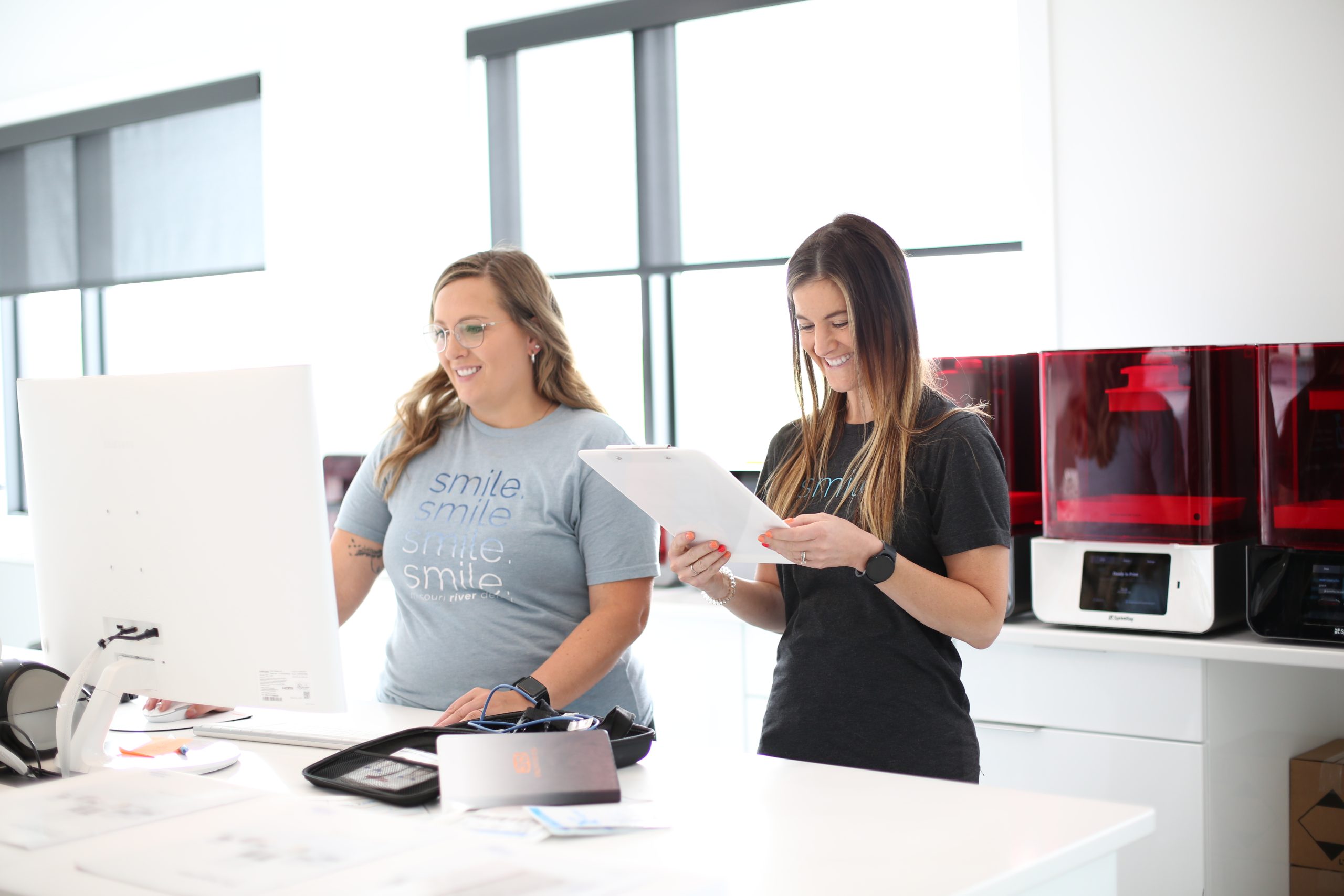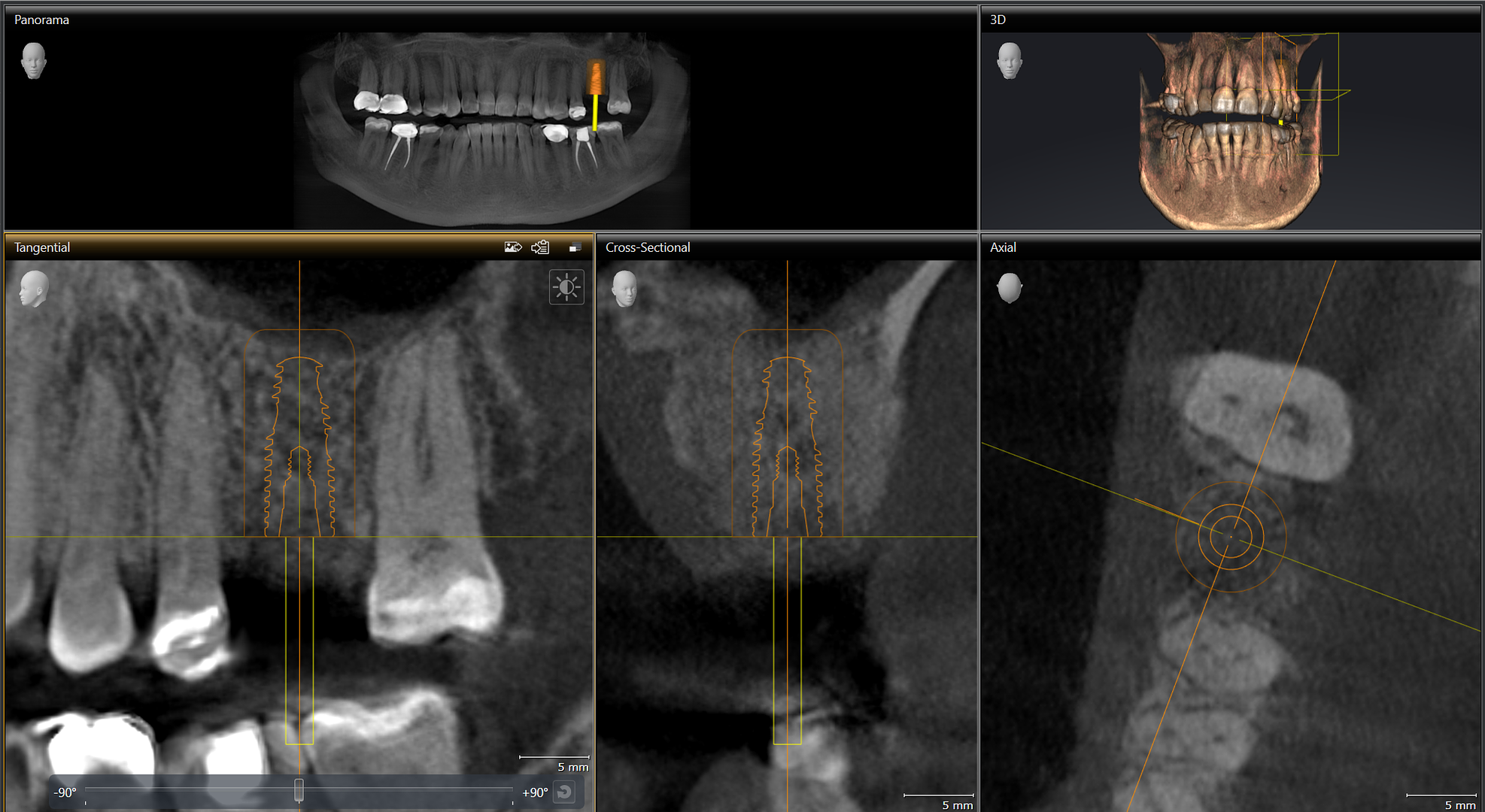We all know that things will undoubtedly have problems when were need them most in dentistry. This could be our intra-oral scanners crashing on that tough patient, it could be then rushed lab case that never came in, or the crown that broke in the mill when you are already running behind. 3D printing is no different. There will be failed prints, but the bigger question is understanding “WHY”. Often time, well most of the times…. it is user error, not the technology.
You get what you give:
The entire printing process starts with good clean STL scans of our patients. Although the A.I. in most of the printing softwares can repair small areas of our scans, every void and missing component can add up. This included holes around teeth and overlapping scans of soft tissue. Corrupt and missing data will eventually lead to inaccurate prints and then failures. Have your team spend a little extra time to ensure your scans are as clean as possible and repair those issues at the time of scanning. This will save you in the end!
We all need a little support:
One of the advantages of 3D printing is the ability to gain unprecedented detail within your prints compared to stone. However, intricate dental designs, overhangs and unsupported structures can pose a challenge during the printing process. Support structures are often required to prevent deformities and ensure the integrity of the final product. Failing to generate adequate supports can lead to structural weaknesses, affecting the functionality and esthetics of your prints. Don’t just trust the software! Verify all critical areas are supported, especially incisal edges of any trial smiles, printed veneers, hybrid prototypes or denture teeth. .
Materials and Maintenance:
Failures can also be related to the actual resin and how we take care of our resin tanks. Dental applications demand biocompatible, durable, and color stable materials. Predictability of prints are influenced by factors such resin viscosity, how well it has been mixed, the clarity of the glass on the projector, scratches and delimitation on the print beds. Print accuracy, quality, and esthetics are significantly influenced by how we maintain the equipment.
Post processing problems:
After the printing process, post-processing steps such as cleaning, curing, and finishing are essential to refine the final 3D print. Inadequate post-processing can lead to issues such as rough surfaces, poor fit, or unsatisfactory esthetics. Probably the most common error is subpar cleaning with isopropyl alcohol. This leads to sticky and shiny prints that are just a mess.
While 3D printing has become cornerstone in the digital dental workflow, it also comes with challenges related to all technology. When unpredicted outcomes occur, we and our teams must be strive to understand the underlying “why”. Only then can we minimize the risk of 3D print failures and harness the benefits the technology brings to our practice.




